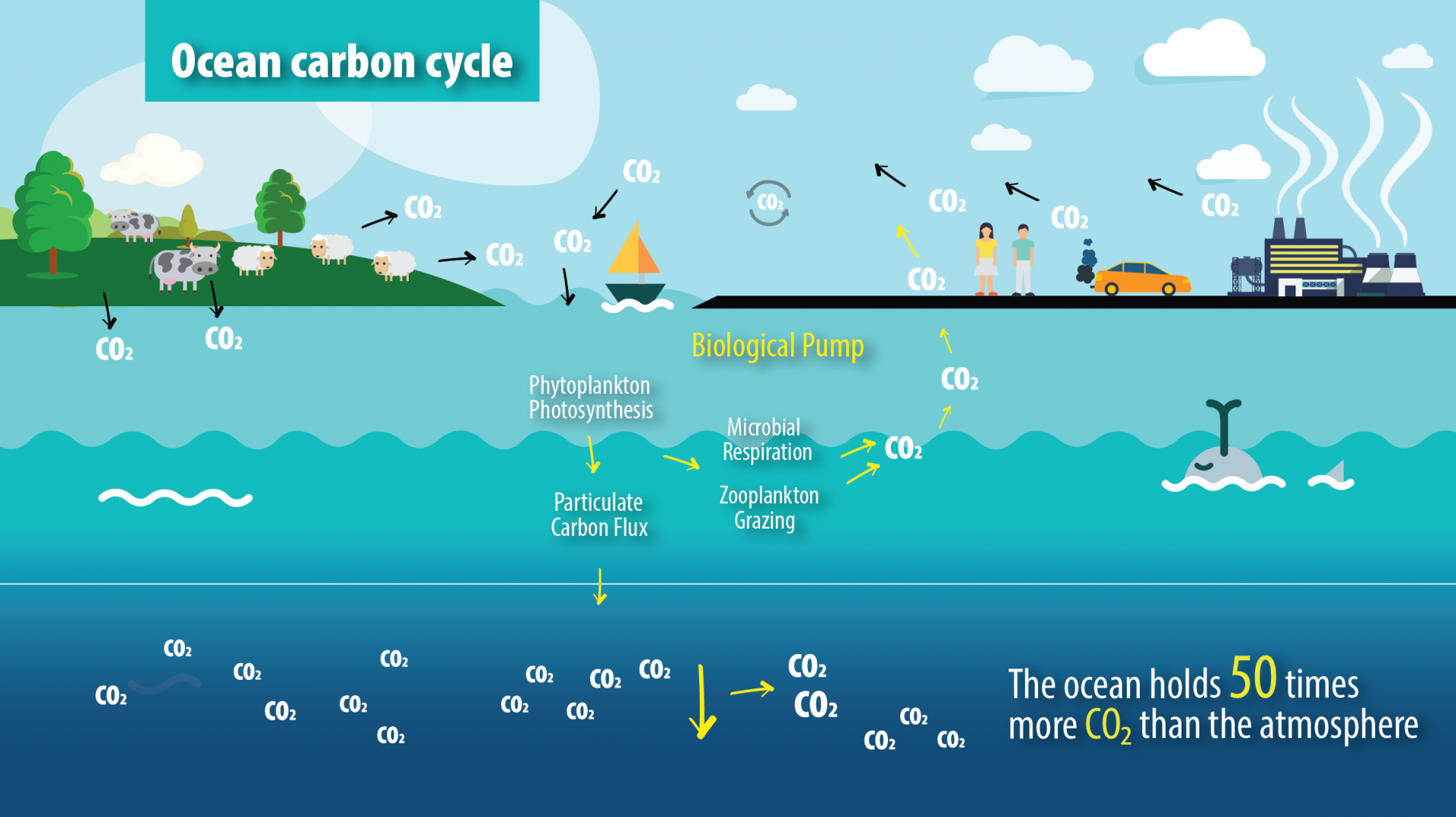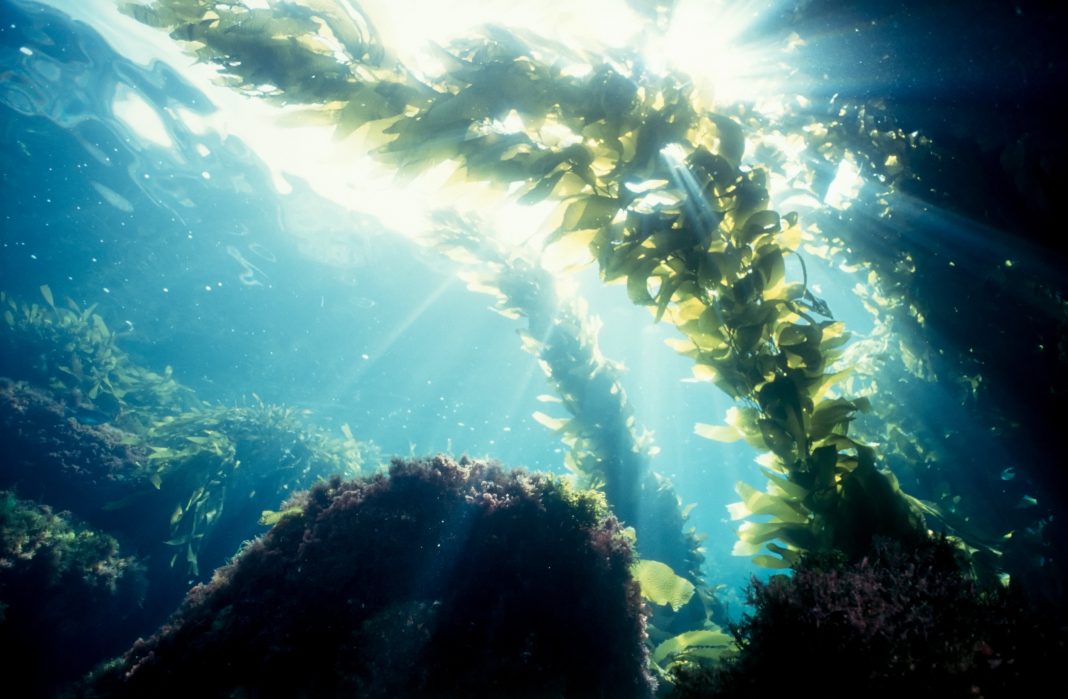Researchers aim to quantify carbon sequestration when looking at the California Current ecosystem, analysing the impacts of the biological pump and algal sinking
According to the United States Geological survey, carbon sequestration is the process of capturing and storing atmospheric carbon dioxide.
While reducing the amount of carbon dioxide in the atmosphere, this process helps to reduce the effects of global climate change.
Assessing how the processes that carbon sequestration might change with global warming, Florida State University finds carbon exported from surface waters of the California Current ecosystem can help researchers quantify the entire carbon sequestration for a region of the ocean.
This may help researchers in other ocean regions calculate other levels of carbon sequestration – helping us build a blueprint of how global warming is affecting oceans.
Carbon sequestered from algal production
Looking at carbon sequestered by sinking particles formed from algal production, this study also incorporates plankton particles that move to the deep ocean, and marine life that migrates vertically through layers of the ocean.
Algae in the surface ocean perform about half the world’s photosynthesis, but they live for a week, so the carbon dioxide they take in only gets sequestered when the bodies of these plankton sink to the deep ocean, part of a process known as the biological carbon pump.
These are all involved in components of the carbon cycle, which includes the sources and reservoirs of carbon.
After collecting information collected during trips from San Diego to Monterey Bay the with computer modelling, the researchers found a host of processes contribute to the movement of organic carbon through the marine ecosystem.
Sinking particles are the dominant process transporting carbon
Their analysis found that sinking particles are the dominant process transporting carbon, and that particles transported by ocean currents and zooplankton that migrate down into the deep ocean every day contribute 30% to 40% of carbon sequestered in the deep ocean – making them vital in the fight against ocean warming.
Understanding how ocean biology can influence the carbon cycle of the California Current
The biological carbon pump helps the ocean take up and store carbon dioxide from the atmosphere. Without this, the atmospheric concentration of CO2 would be much higher.
As climate change alters Earth, it’s unclear how it might affect processes like the biological carbon pump.

Image © International Atomic Energy Agency
Lead author Michael Stukel said: “Our study is the first to put all of these different processes together to fully investigate the processes driving the biological carbon pump for a major ocean region.”
“We don’t know if the biological carbon pump will take up more or less carbon dioxide in the future” he added.
“The first step in answering that question is putting together a full ‘budget’ for what’s happening now. We think our study is an important step in the process of understanding how the biological carbon pump works today and how it will change in the future.”
Cynthia Suchman, a program director in NSF’s Division of Ocean Sciences, also made remarks on the matter: “This research synthesizes the ways ocean biology can influence the carbon cycle of the California Current. It’s a terrific example of how long-term studies help us predict how the ocean and earth system might respond to climate change.”











